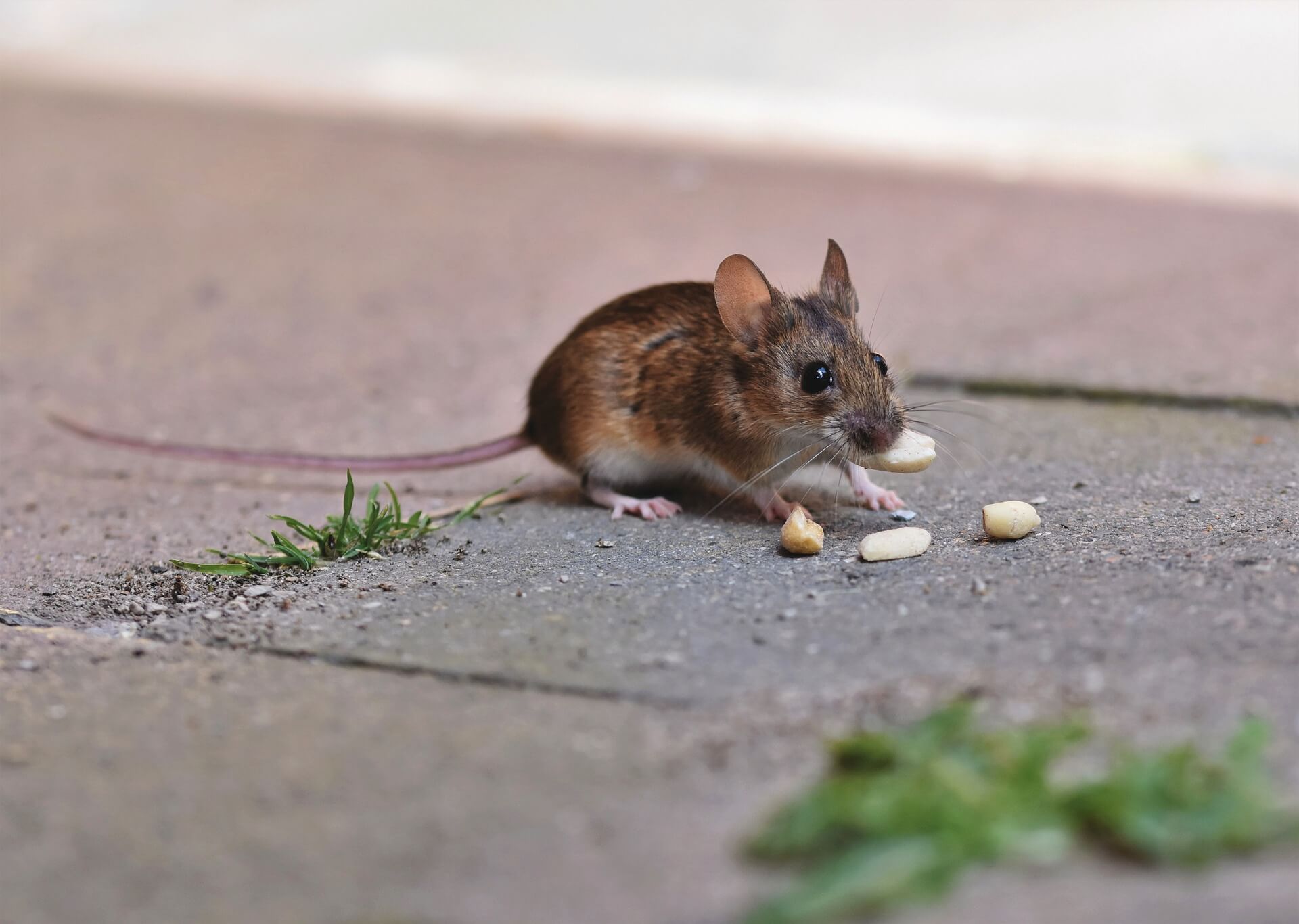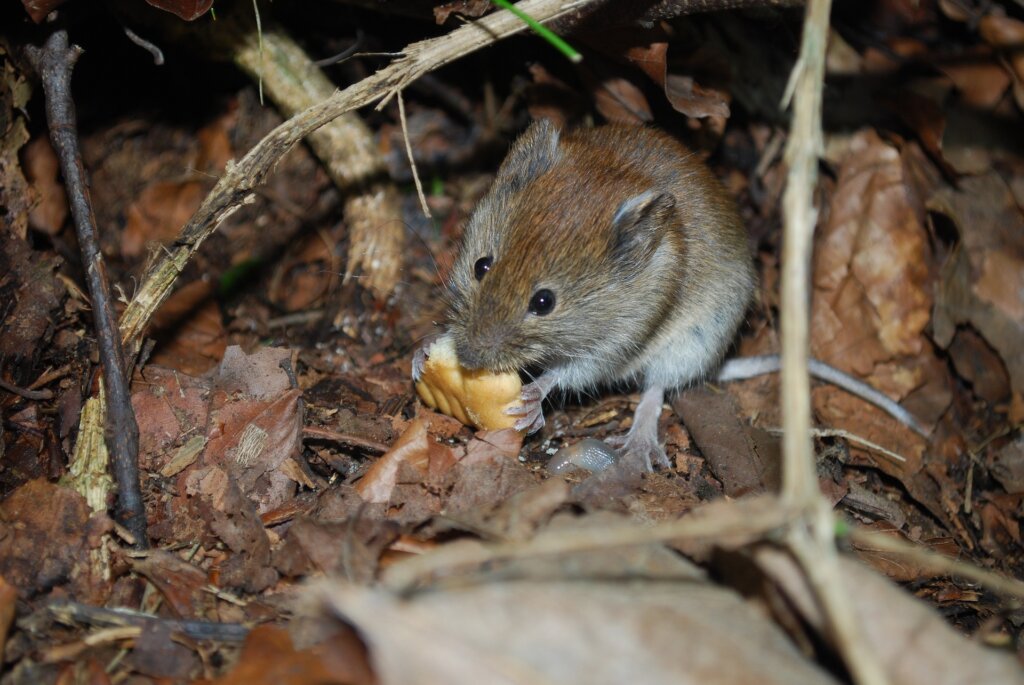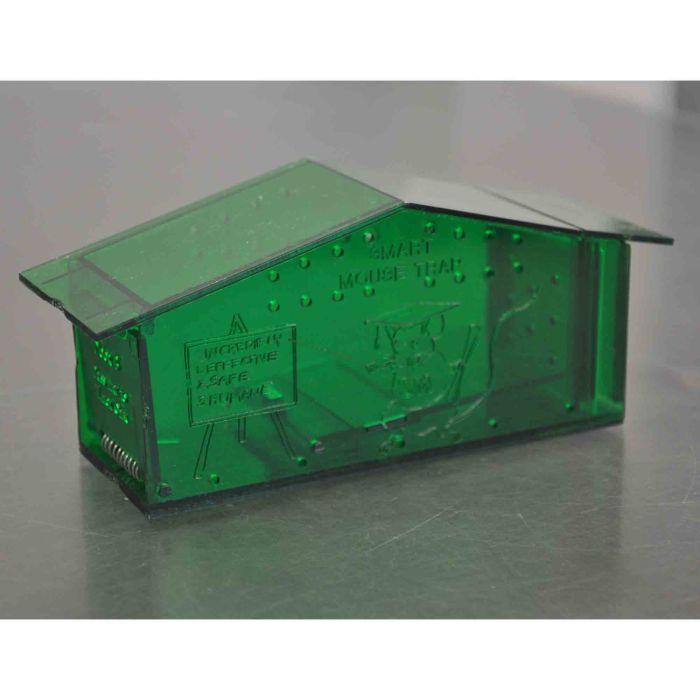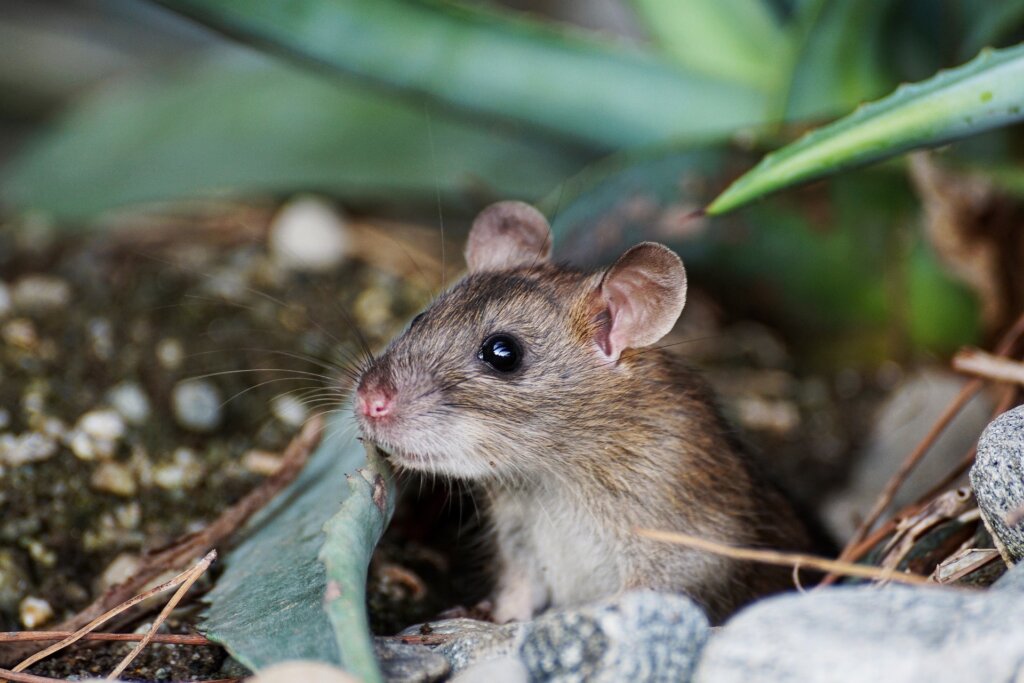Humane Mouse Removal Guide: 9 Steps for a Rodent-Free Home
Have you ever had friends who wouldn’t leave your house, no matter how much you hinted that you wanted the place to yourself? Perhaps you even subtly moved the snacks from the coffee table to the cabinets to discourage them from hanging out longer. You may have felt guilty for wanting them to leave, since they were super-sweet and didn’t cause any trouble. The worst thing they did was leave little crumbs on your countertops or occasionally deposit some poop in a corner of the room.
We’re talking about mouse “friends,” people! Even though mice are absolutely adorable and far more afraid of you than you are of them, it’s understandable that you may not want a family of them calling your home their own. But many removal methods, including glue traps and poisons, are exceedingly cruel and cause wildlife almost unimaginable suffering.
Plus, glue traps and other devices that kill animals don’t solve the problem—they often make it worse! When some animals are killed or removed from your house, the survivors breed faster, which causes an increase in the population. And the devices don’t address the source of the problem: If holes aren’t plugged up and attractants aren’t removed, more animals will move in to take the place of those who’ve been killed. That’s why you should follow this easy step-by-step deterrent guide if you ever find a mouse in your house:
1. Eliminate access to food.
Mice are less likely to hang around if you make it hard for them to get to their favorite thing: food. Keep counters, floors, and cabinets crumb-free, and don’t leave leftover food or dirty dishes sitting out.
2. Seal your trash.
Remember the scene in Charlotte’s Web when Templeton the rat has a full-on fiesta in the trash after the carnival closes for the night? That’s what your garbage might look like when you’re asleep if you don’t make it impossible for rodents to get into it. The best way to keep them out is by using a trash can with a sealed lid.
3. Don’t leave out your animal companions’ food.
Think mice discriminate when it comes to human food vs. companion animal food? Well, they don’t. Don’t offer them a feast by leaving your cat’s or dog’s food out—pick it up once mealtime is over.
4. Repel rodents using unpleasant scents.
You may be thinking, “Oh, come on. Bad smells? Mice like trash.” But here’s a secret: Mice hate the scent of peppermint. Buy peppermint essential oil online or at your local health-food store, soak cotton balls in it, and place them in the infested areas. Ammonia-soaked rags work even better. (Ammonia can be purchased at any grocery store in the cleaning section.)
5. Find the point of entry.
You need to go full-fledged private investigator. Determine where rodents are getting into your house by using a flashlight to check for holes and cracks in the walls and floor and for gaps around pipes and doors. Mice can squeeze through dime-size holes, so be diligent.
6. Seal off entry points.
Once mice have been repelled, seal off all the holes and cracks larger than a dime with steel wool and then cover the area with foam sealant.
7. Buy a live trap.
If animals are accidentally sealed indoors, they can be live-trapped during mild weather. Live-cage or box traps are only humane when they’re checked hourly. You can’t leave them out while you go to school or work, since mice and rats can die from stress-induced disorders, exposure, or dehydration in just a few hours. Be sure to clean the traps thoroughly when not in use to get rid of any food smells so that you don’t attract more little “friends.”
You can find these devices online at the PETA Shop or at many hardware stores—just be sure to ask for live traps. Follow the instructions on the back of the box to use them.
8. Make a DIY trap.
In a pinch, you can make a humane mouse trap by placing dry oatmeal and peanut butter (because who doesn’t like peanut butter?) at the bottom of a wastebasket. Stack books along one side so that rodents can climb up and jump into the basket—once they’re inside, they won’t be able to get out. Place a towel over the trap to help keep captured mice calm.
9. Release mice outdoors during mild weather.
Mice can die in unfamiliar areas, because they won’t be able to find proper food or water and they aren’t resistant to foreign parasites and diseases—so be sure to release them within 100 yards of where they were trapped. Since you’ve already sealed off the points of entry, you don’t need to worry that they’ll find their way back inside your house.
*****
Rodents like mice can feel a wide range of emotions and are as capable of thinking about things and figuring them out as dogs are. They deserve our compassion and respect, so thank you for using this humane trapping method.
Have insects moved in instead? Here’s how to humanely remove bugs from your home!
Text peta2 to 30933 for ways to help animals, tips on compassionate living, and more!

Terms for automated texts/calls from peta2: http://peta.vg/txt. Text STOP to end, HELP for more info. Msg/data rates may apply. U.S. only.








